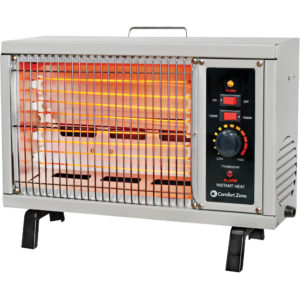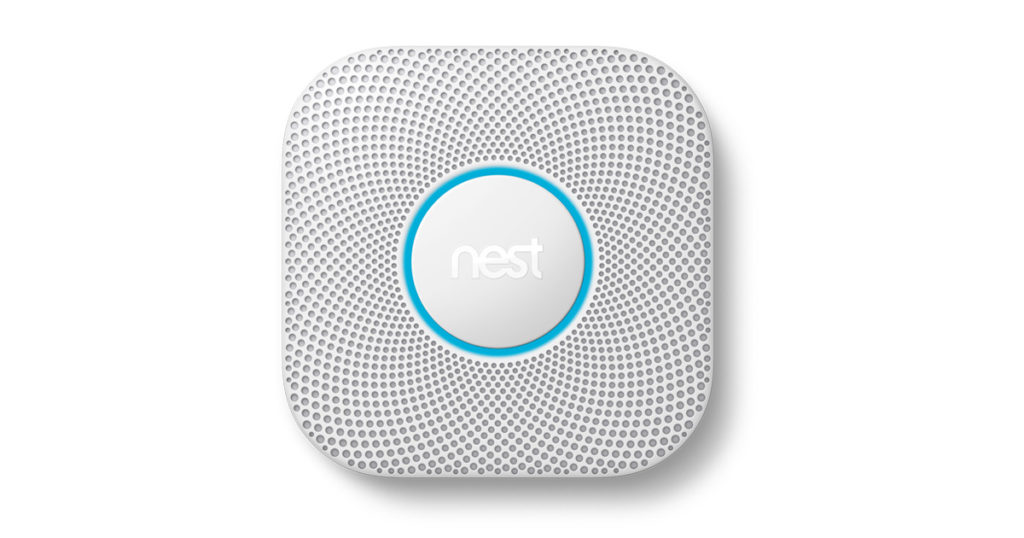When the weather gets cold, and your furnace isn’t working, or the power goes out, or any other sort of thing that may make you think about getting a space heater, you may wonder: are all those horror stories about space heaters true?
In this blog post, we’re going to talk about the good, the bad, and the ugly when it comes to space heating as well as alternatives to space heating.
The Good
 Obviously the best part about a space heater is the warmth that it provides. Space heaters can be used in a pinch — especially electric ones — to push some warm air through a hard-to-reach area or an area that isn’t zoned correctly for your regular heating system to touch. Space heaters provide warmth in temporary situations, usually in small sections of the room.
Obviously the best part about a space heater is the warmth that it provides. Space heaters can be used in a pinch — especially electric ones — to push some warm air through a hard-to-reach area or an area that isn’t zoned correctly for your regular heating system to touch. Space heaters provide warmth in temporary situations, usually in small sections of the room.
The best kind of space heater depends on your situation, how much space you’re looking to heat, and how you’re looking to heat it. Good space heaters have safety features built in such as turning off if it tips over, the design makes it harder to tip over, and it shuts off if it gets too warm. Thermostats can be a welcome addition to a space heater to keep your room from getting too hot or too cold.
Space heaters can warm one or two people, or an entire room. Make sure you’re inspecting space heaters regularly, including the electrical cord if it’s an electric model. Always keep electric space heaters on the floor away from curtains and flammable materials.
The Bad
When the going gets tough, you may start thinking about using a non-electric space heater such as a gas powered space heater or kerosene space heater. While these are useful when the power goes out, gas powered space heaters aren’t supposed to be used in a totally confined room. Gas powered space heaters can produce carbon monoxide, so it’s suggested to keep a window open close to where it’s operating.
Gas powered space heaters are good for warming open bay garages and warehouses, as well as opened doorways. Gas powered space heaters are often the ones you hear about making the news when people pass out or possibly even die when exposed to carbon monoxide poisoning. You definitely want to make sure you’re not running these types of space heaters overnight or while you’re sleeping, and when you are running them, make sure you have a carbon monoxide detector out and handy.
The Ugly
Space heaters cause around 32% of home heating fires, and of that 32%, 79% of them cause home heating fatalities. Wood burning stoves, portable space heaters, and fixed space heaters all cause more fires, injuries, and fatalities than central heating.
While space heating can be helpful in a pinch, if you’re using it to constantly warm a room that is cold or not reached by traditional heating methods, it may be time to call Home Air Plus. We can help you get your home zoned properly so you won’t have to run a space heater constantly, help save you time, effort, money, and most of all help keep you, your loved ones, and your home safer.






